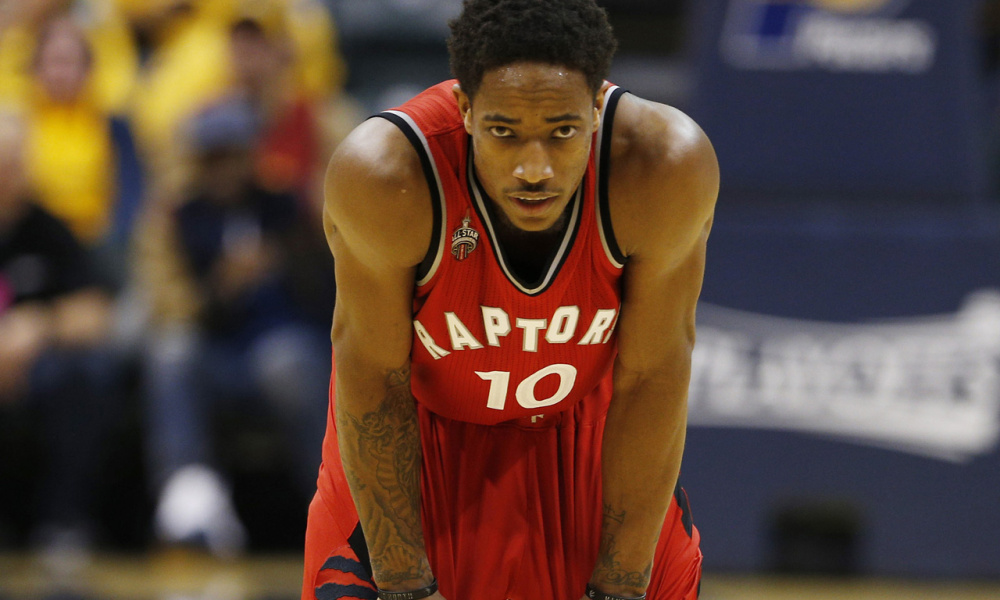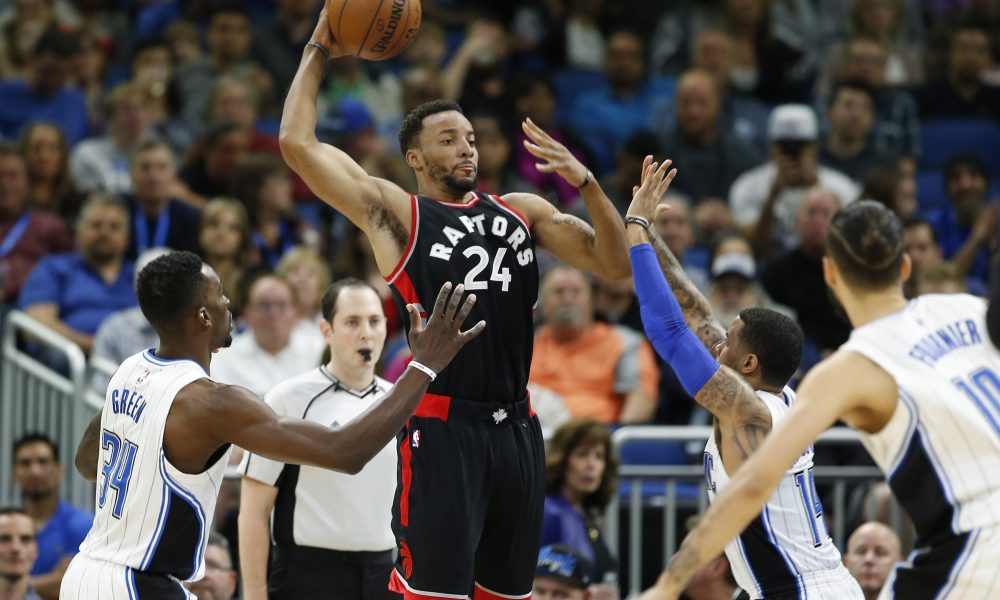Raptors Playbook: BLOB Iverson Stagger – “2”
Over at the Raptors Playbook YouTube channel (@RaptorsPlaybook on Twitter), I am breaking down the X’s & O’s of the Toronto Raptors every Wednesday. This week, we’ll focus on a Baseline out of Bounds (BLOB) play, Iverson Stagger — or 2 by the Raptors. Watch the video embedded below alongside the summary written, and remember to follow and subscribe to never miss out on a video.
The first option for this play, an Iverson cut, is rather simple and is used regularly in the Raptors normal half-court offense. The inbounder, typically Kyle Lowry or any of the Raptors’ point guards who fill in, will wait for one wing player to cut through the middle of the paint between two bigs who are slotted at the elbows. After this initial decoy cut is made, the wing player on the weak side of the floor will make an Iverson cut towards the inbounder.
For defenders that are not prepared, this can lead to a quick layup or a baseline jumper as a result of being a step behind on the catch after running through two screens. Examples of this can be seen starting at 0:15.
A nice wrinkle to this action that can catch defenses off-guard, is when the player responsible for the Iverson cut curls and rescreens for the second screener. A lot of bigs will sag back into the paint in preparation for the cut towards the rim, which can leave the second screener free along the perimeter if executed correctly. An easy tell to see if the Raptors are opting for this wrinkle is if the power forward (typically the shooter of the two bigs at the elbows) is situated as the second screener or the first. If they are the second screener, odds are this rescreen wrinkle will be used. If not, the base continuity of this play will be used. Examples of this can be seen starting at 1:15
The last option of this play, which can be seen starting at 1:45, stems from the sequence described initially. The Iverson cut is made towards the inbounder and an attempt to get a shot near the bucket is deterred by the defense. After this, the ball handler will pass the ball to the big who gave the first of two screens at the elbow. The big who gave the second of the screens will have already made his way to the weak side of the floor, where he and the other wing player set a staggered screen for the inbounder. This action can be really deadly because of all the attention directed towards the Iverson cut in an effort to ensure that an easy layup has not been surrendered on the inbounds.
This play has become one my favourites for the Raptors because of how much it bends and shifts the defense. Not only does it move them side-to-side, a functional goal of all NBA offenses, but it also tugs defenders between the paint and the three-point line. Additionally, if the play stalls out, the point guard will have the ball above the arc and a seamless transition can be made into the Raptors base offense if need be.



